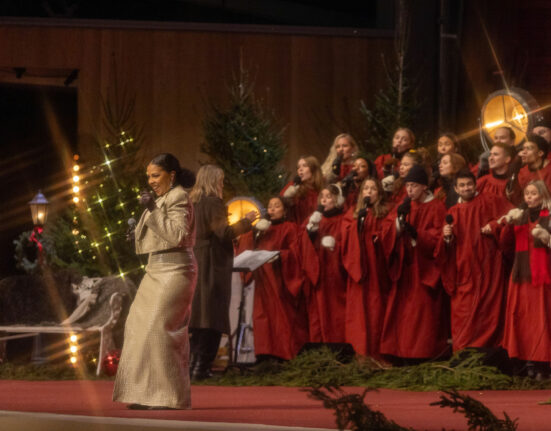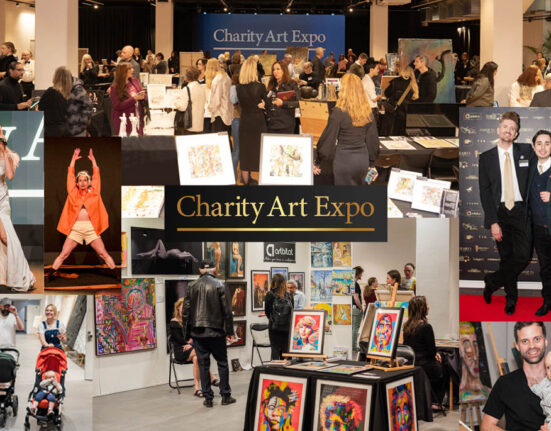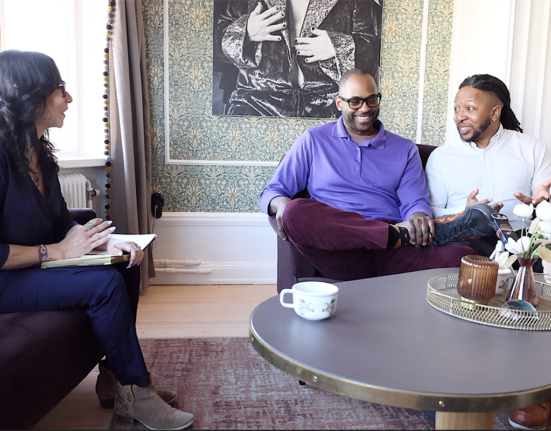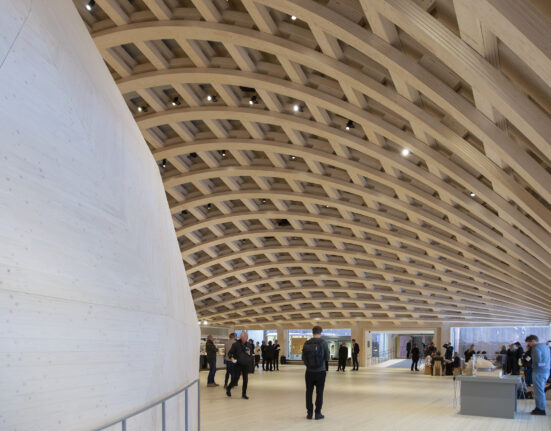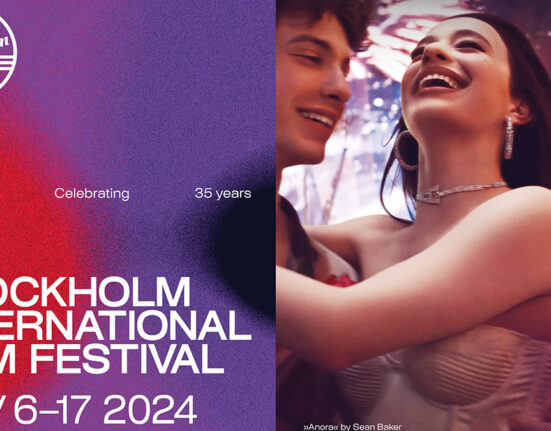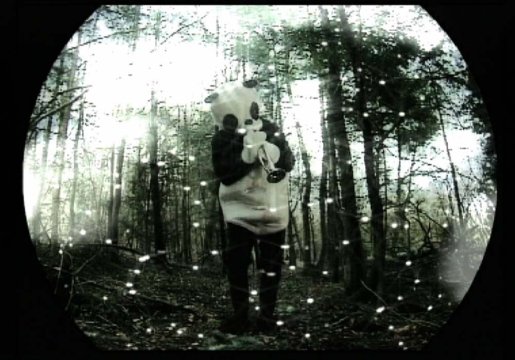
The selection of art to see us through Stockholm’s change of fall into winter reminds me of Japanese artist Yayoi Kusama’s “The Spirits of the Pumpkins Descended into the Heavens” – a continuous wall to ceiling manifold mirroring of her distinctive yellow-and-black whimsical bulbous gigantic pumpkin sculptures encapsulating us in a hilarious expansive 3D room infinitively dominated by one of her most beloved motifs that commandeered her psychotic world.
For there is art on seemingly of nothingness that slyly hides actual meaningfulness. There are works with queer perspectives of the future in relation to idiosyncratic associations to time, those where everything is imbued with transience, and yet more of recognizable but virtually real space: all in quantities as abundant as highly surrealistic ones.
And if these do not compel you to reassess what is real to you, there is even art that captures what our healthy or, God forbid, diseased bodies look like on the inside; altogether normally invisible to our naked eyes!
As real as art from the images of violence that the media constantly bombard us… as real as the unconscious influence great artists and equally important art movements have had on art makers through the ages to this very day…
Which of these myriad tinted artistic glasses would you prefer to put on to ring in the wintry wonderland cheer?
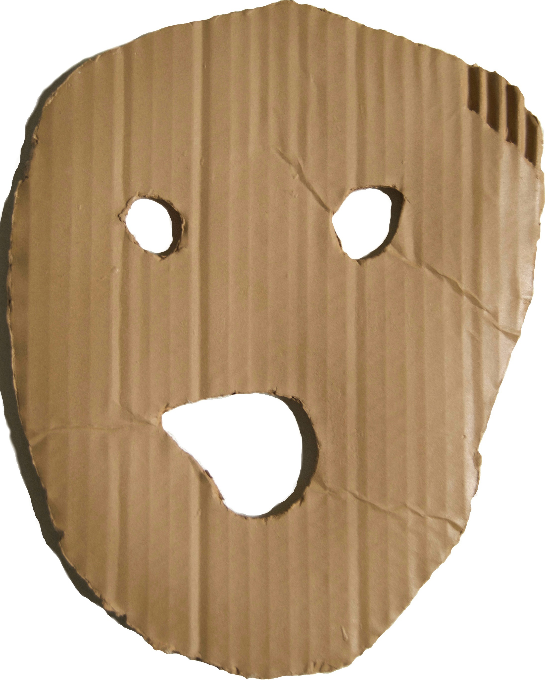
Exhibition: A world of almost nothing
Artist: Hanne Mago Wiklund
Where: DOMEIJ GALLERY, Bragevägen 21
When: Till 18 November
Working with an illusion of the existence of something’s being-ness, Hanne Mago Wiklund’s sort of ceramic Trope L’oeil can look like almost nothing – from bags stacked in a corner, styrofoam boards, corrugated cardboard boxes on the stock shelves, ordinary packaging; all deceiving the eye by hiding the real content – something you believe in.
Our sense of puzzlement compels us to almost touch to investigate Wiklund’s objects to see if they are really what they claim to be. Yet when we discover that nothing with his art is what it claims to be, his play with the materials stay haunting us.
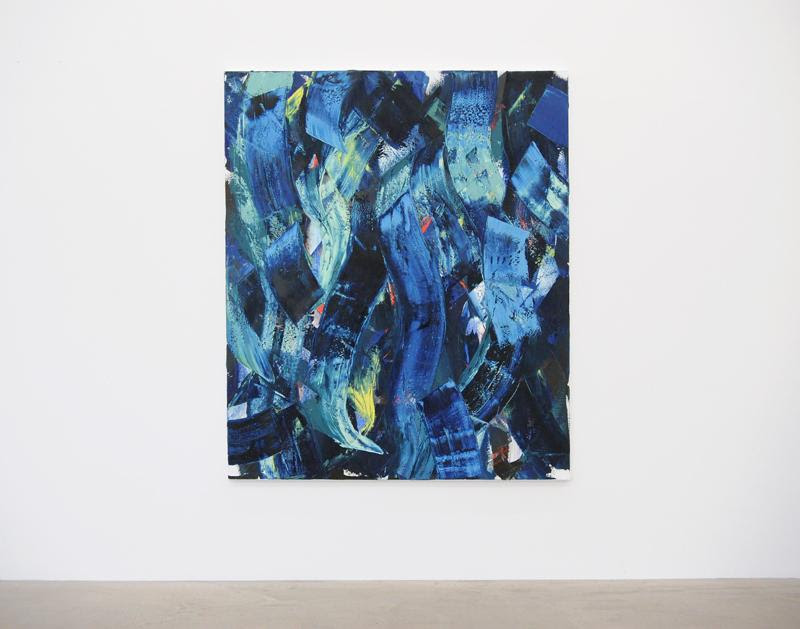
Exhibition & Artist: Hertha Hanson
Where: ANNAELLEGALLERY, KARLAVÄGEN 15 B
When: Till 26 November
Displaying works that result from Hertha Hanson’s Edstrandska Foundation Scholarship 2017, the exhibition extends those she has previously had with Moderna Museet Malmö, Kristinehamns konstmuseum, Malmö konstmuseum, Lund Konsthall, Luleå Konsthall, Lund Cathedral, Vargåkra Gård, and Galleri Arnstedt; of some which she has received awards like the Kristinehamns Artist’s, the Ellen Trotzig, the Fredrik Roos and the Bror Hjort.
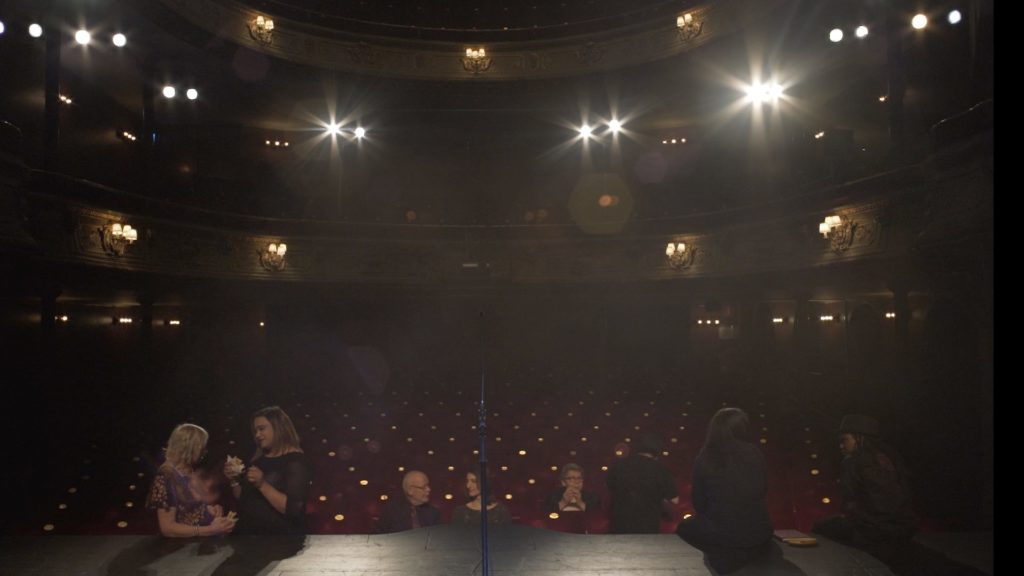
Exhibition: A Matter of Time
Artist: SOFIA HULTIN
Where: Konsthall C, Cigarrvägen 14, 123 57 Farsta
When: Till 19 November
Sofia Hultin’s three new works combine science fiction, history and fantasy to explore a queer perspective of the future by concurrently looking back and forward; addressing the central notion of ‘time’ queried by science fiction writer Octavia Butler, philosopher Zygmunt Bauman and scientist, futurist and trans-humanist Martine Rothblatt.
Futurism allows Hultin to propose situations in which a variety of bodies take up space, addressing relationships, social justice, politics, religion and friendship all in one story. Including a speculative walk through an app on a smartphone – one inspired by Hökarängen, a neighbourhood with marginalized groups, the exhibitions thus proposes a collective and necessary movement forward.
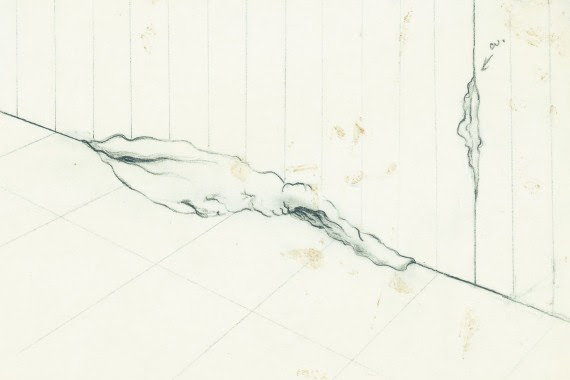
Exhibition: Provisorium
Artist: Beth Laurin
Where: Index – The Swedish Contemporary Art Foundation, Kungsbro Strand 19
When: Till 3 December
Since the 1960s, Beth Laurin has developed an impressive body of not easily classified sculpture and objects, performance, drawing, sound, text, photography and video; often incorporating found things, personal materials, texts and newspaper clippings that are used with a resonance of associations and potential meanings in correspondence with political movements, such as early feminism, but with a highly idiosyncratic approach that looks extremely contemporary to this day.
Reinventing and reconfiguring her practice, changing formats and testing things, often with humor, is Laurin’s oeuvre of systematically investigating the question of what can be done with art, and of the transformation of objects that carry a personal meaning, through shifts in material, size or context.
Taken from one of Laurin’s many notes in her collection – “Livet är ett provisorium” (Life is provisional), the exhibition’s title, Provisorium, points to the fact that even as a retrospective show, it will still only represent a temporary state of how she had the materials and objects assembled.
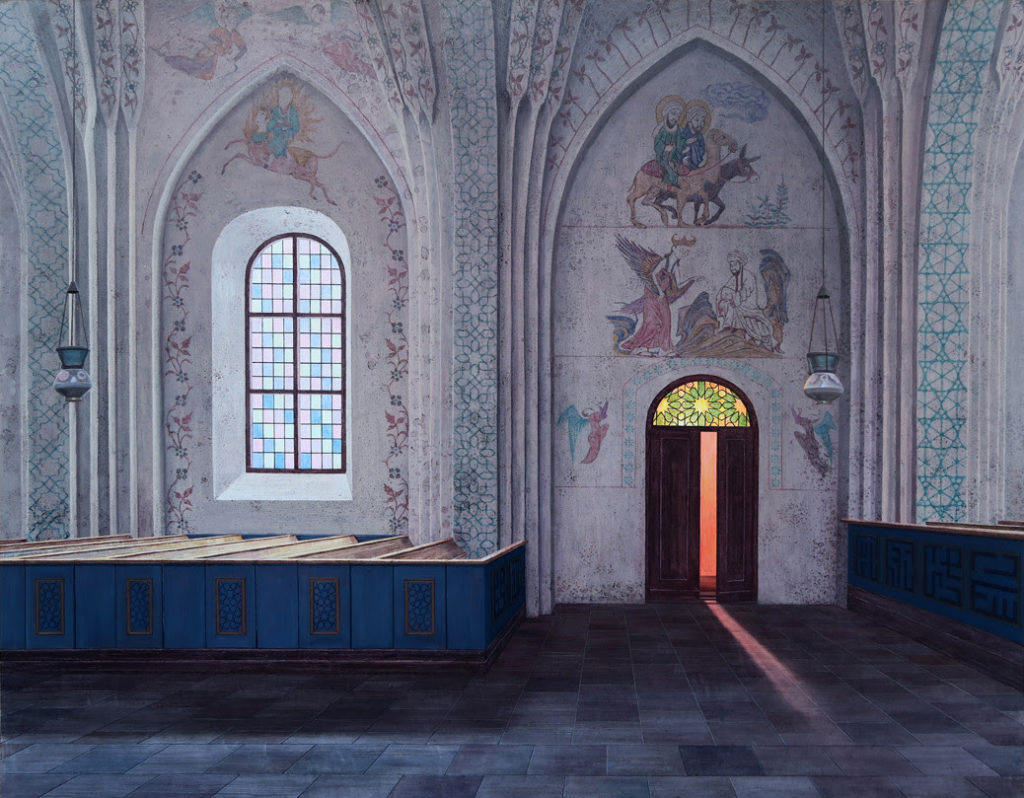
Exhibition & Artist: Ylva Ceder
Where: WETTERLING GALLERY, Kungsträdgården 3
When: 16 November to 22 December
Spaces always possess atmosphere. Whether it is an interior or an exterior, inhabited or empty and devoid of viewership, they and the narratives unfolding from them are Ylva Ceder’s area of interest.
With small, easily recognizable things – well known to all but, perhaps, lacking in meaning – of great importance to Ceder, they often originate in some kind of “Swedish-ness” and are a type of phenomena expressed through objects, places, and behaviors. It may be places and behaviors that are repeated and omnipresent. Yet if individually extracted, it becomes unique.
Most of us recognize the content of Ceder’s non-specific, non-real paintings: the places, the behavioral patterns and the objects are stereotypes and clichés.
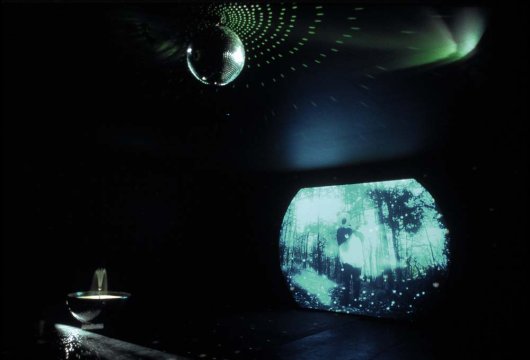
Exhibition: The Inspirator, 2001
Artist: Abigail Lane
Where: Andréhn-Schiptjenko, Hudiksvallsgatan 8
When 16 November to 22 December
An installation that incorporates projected video, a mirrored fountain and glitter balls, the filmed image is of someone dressed as a panda playing the trumpet in the forest. He bursts from a glittery explosion to play his badly synched performance for a few minutes before turning to retreat into the forest bubble.
Repeating itself in a continuous loop, the footage is projected into a masked circular frame cut at the top and bottom by the wall’s limits and in a room painted dark green outside the projected area; with the fountain filled with running water – its sound amplified through speakers that are built into its sides.
Made to accompany The Figment and The Inspirator as part of Tomorrow’s World Yesterday’s Fever in (mental guests incorporated) at Milton Keynes and then in Victoria Miro Gallery, London in 2001, the installation was also produced as part of a solo show, The Good the Bad and the Beautiful in Distrito 4 Gallery in Madrid, Spain in 2003, as well as part of Dream Extensions curated by Filip Luyckx, at the SMAK Museum in Belgium in 2004.
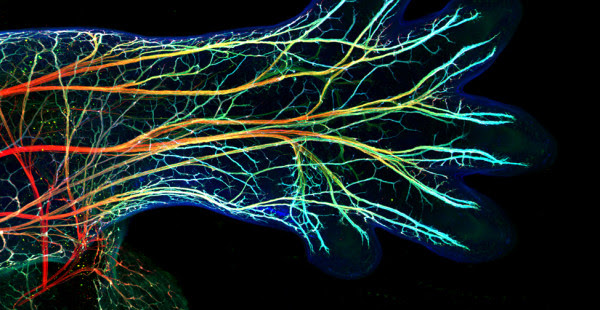
Exhibition: The invisible body
Where: Svens-Harry’s Konstmuseum, Eastmansvägen 10
When: 1 November to 7 January 2018
Of unique visuals from the medical lab, the exhibition illustrates and describes research at the leading edge from a different perspective – the beautiful images and fascinating installations and films of normal and diseased states that cannot be seen with the naked eye.
“There is something particularly awesome with the combination of something so horrible and something so beautiful in the same image, depending on how one looks at it, and what is known about the picture,” says Mona Norman, project manager for the exhibition.
“The idea for the exhibition was awakened when I saw a picture of a scientist who studies skin cancer. I was fascinated by [the fact that] the picture could be so beautiful!” she adds.
About medical research with the picture as a base, the exhibition is also a historical perspective that includes material from the Hagströmer Library archives and contemporary contributions by photographer Lennart Nilsson.
It additionally features installations by internationally renowned digital media artist Refik Anadol along with the artistic works of Hanna Beling, Helena Mutanen and Lode Kuylenstierna.
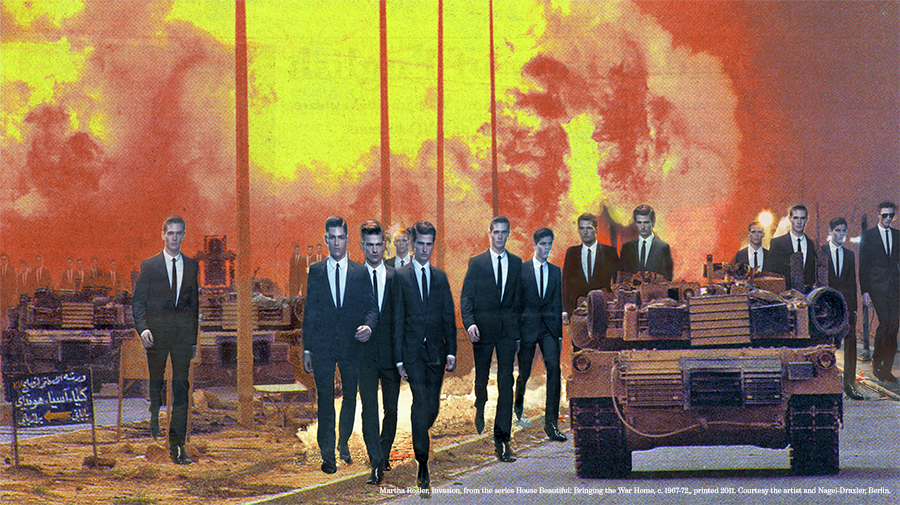
Exhibition: THE IMAGE OF WAR
Artists: Lawrence Abu Hamdan, Mari Bastashevski, Broomberg & Chanarin, David Claerbout, Phil Collins, Bracha L. Ettinger, Iman Issa, Alfredo Jaar, Gavin Jantjes, Gülsün Karamustafa, Gerhard Nordström, Natascha Sadr Haghighian, Kiluanji Kia Henda, Eva Löfdahl, Rabih Mroué, Trevor Paglen, Mykola Ridnyi, Michael Rakowitz, Martha Rosler, Gilles Saussier, Susan Schuppli, Allan Sekula, Indrė Šerpytyté, John Smith, Sean Snyder, The Atlas Group, and Maximilien Van Aertryck & Axel Danielson
Where: Bonniers Konsthall, Torsgatan 19
When: Till 14 January 2018
About seeing violence in images, the exhibition shows work from more than 30 artists who confront past or present conflicts; dealing at once with violence and its image, posing crucial questions about what violent images create, what consequences they have and how they circulate.
Images from conflicts around the world reach us on a daily basis – in the news, on social media, in advertisements or in propaganda – to document, inform and witness, as well as to shock and spread fear.
By looking at the relationship between the image-maker, the person captured in the image and us who see the resulting representation, the artists not only depict the violence of war, they seek ways and techniques to understand it better.
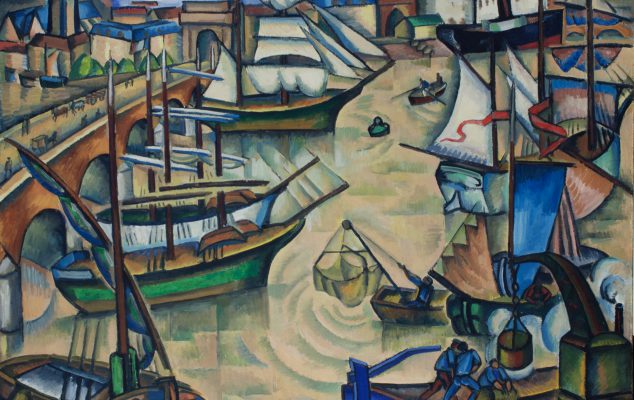
Exhibition & Artist: Shape and color – André Lhote and Swedish Cubism
Where: Prince Eugen’s Waldemarsudde, Prins Eugens väg 6, Djurgården
When: Till 21 January 2018
About the 200 Swedish artists who studied under the French artist André Lhote in Paris from about 1910 until the early 1960s, the exhibition of over 180 works of different techniques and materials focuses on this extensive, interesting and mostly unknown teacher-student relationship that began with Lhote’s first Swedish students – Georg Pauli and Prince Eugen, who were followed by several generations of Swedish artists, like Maj Bring, Dick Beer, Greta Knutson-Tzara, Siri Derkert, Olle Bærtling, Philip von Schantz, Bengt Lindstrom, Elsa Danson Wåghals, Christer Strömholm, Vera Meyerson, Agda Holst, Lars Gynning, Laila Prytz, Gunnel Heineman, and Gösta Werner.
Also a writer, Lhote was a very influential teacher; especially of a cubic adjusting imagery within Swedish modernism. His first solo exhibition outside France was interesting enough in Stockholm in 1913 in the Swedish General Art Association’s premises; funded by Prince Eugen. And Prince Eugen’s Waldemarsudde owns and also manages the largest Swedish collection of André Lhotes works – 14 paintings in oil and watercolor and three pencil drawings.
There is every reason to consider why so many Swedish artists chose Lhote as teacher. What consequences did this teacher-student relationship have stylistically on them? How did it affect Swedish cubism and modernism?
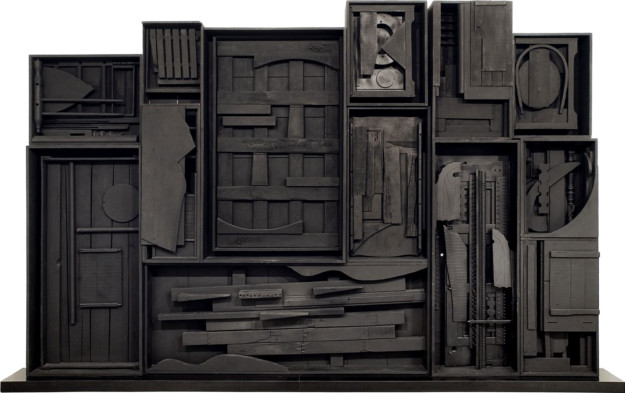
Where: Moderna Museet, Skeppsholmen
(A) Exhibition & Artist: Louise Nevelson
When: Till 14 January 2018
Influenced by cubism and Jean Arp, Louise Nevelson began early in her career to make sculptures and assemblages out of wood objects she found in the street and painted black. In the 1950s, the sculptures left their plinths and filled entire walls in a scale approaching abstract expressionist paintings.
At the same time Nevelson was discovering another style for her collages, enabling her to easily and intuitively explore subjects in smaller formats by combining slips of paper, newspaper cuttings and sooty scraps of wood into poetic observations of overlooked objects, a la Kurt Schwitters’ Merz works.
With monumental works evoking something spiritual, eternal and a deeply personal mythology, Nevelson’s public breakthrough came at the age of 60 at New York’s Museum of Modern Art’s group exhibition “Sixteen Americans” in 1959 with her white installation “Dawn’s Wedding Feast”, which included the sculpture “Dawn’s Host”, an allegory on a cosmic marriage with the world or on her own union with her art.
“Dawn’s Wedding Feast” overturned the notion of sculpture as an object to walk around by being an environment that enveloped the viewer – a precursor to installation art.
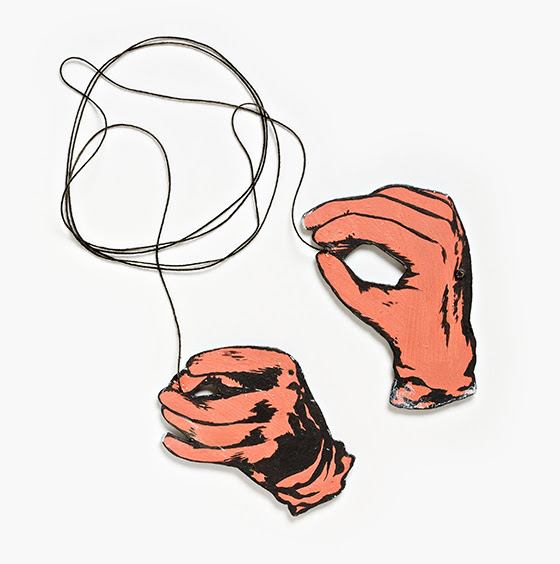
(B) Exhibition: Manipulate the World – Connecting Öyvind Fahlström
Artists: Öyvind Fahlström, Lawrence Abu Hamdan, Rossella Biscotti, Juan Castillo, Aslı Çavuşoğlu, Kajsa Dahlberg, Detanico Lain, Economic Space Agency, Róza El-Hassan, Harun Farocki, Öyvind Fahlström, Goldin+Senneby, Núria Güell, Candice Lin, Jill Magid, Ibrahim Mahama, Nicholas Mangan, Sirous Namazi, Rivane Neuenschwander, Otobong Nkanga, Sondra Perry, Pratchaya Phinthong, Katarina Pirak Sikku, Natascha Sadr Haghighian, Jonas Staal, Hito Steyerl, Hanan Hilwé with Walid Raad, Thu Van Tran, Alexander Vaindorf, & Wermke/Leinkauf.
When: 21 October to 21 January 2018
Four historic works by Öyvind Fahlström define the playing field for 28 contemporary artists to explore and challenge his ideas on manipulation and theatricality – two key concepts in his artistic practice – in our era of alternative facts, relative truths and fragmented narratives.
“Öyvind Fahlström was one of the most visionary post-war artists. The exhibition takes his most vital ideas and sets them in motion with the works of [these] contemporary artists,” says the curator, Fredrik Liew.
One of the most innovative and versatile artists of the 20th century, Fahlström developed a series of paintings with variable parts in the 1960s to make the content of the painting moveable while expressing an approach to society and politics as part of being a Zeitgeist that wanted to do away with static and authoritarian narratives; demonstrating that the world can be “manipulated” by anyone, and that it is shaped by participation and play. To what extent can the art created today be similarly or dissimilarly manipulated?
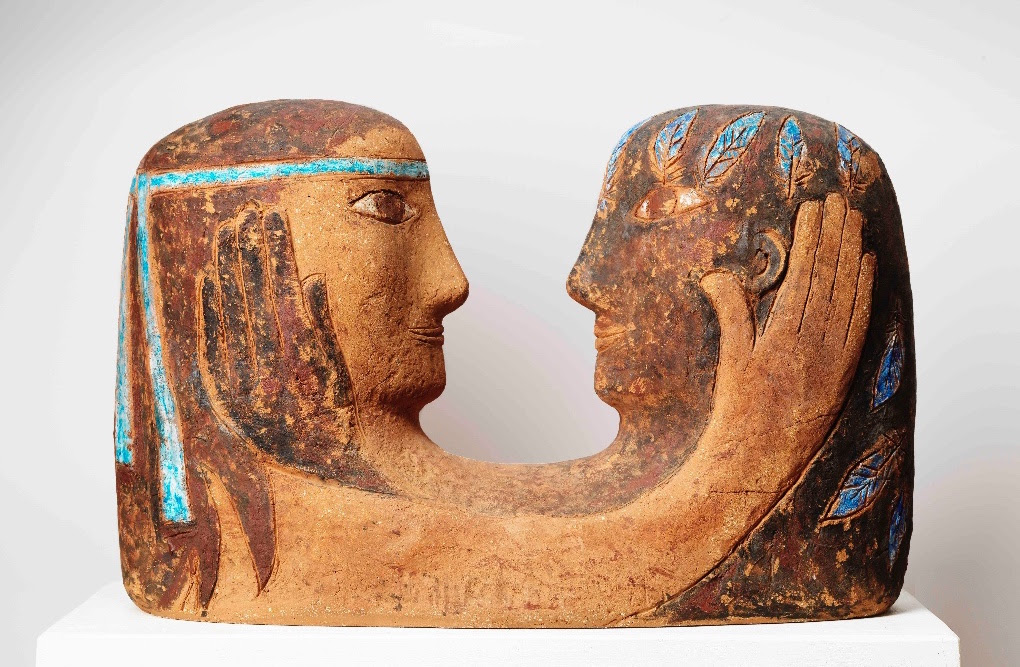
Exhibition & Artist: Helga Henschen
Where: Thielska Galleriet, Sjötullsbacken 8
When: Till 21 January 2018
2017 being the centennial of the artist Helga Henschen (1917-2002), the exhibition is a retrospective spanning her entire career of paintings and sculptures as posters, illustrations and caricatures.
The granddaughter of Ernest Thiel, Henschen’s art had a major impact in Sweden during the 1970s and 80s, with colorful works in public spaces and with satirical boxes in the newspapers in a beguiling and subtle tone still relevant today.
A multi-disciplinary artist who chose freely among styles and expressions, blending seriousness, humour and politics into her images, her mighty sun goddesses, protective bulls and children with birds hobnob with outspoken ladies and handwritten messages of solidarity, care, community, humanity and political involvement.
Her art infused her entire life, and in hindsight she appears to have been one of the most productive, popular and famous Swedish artists in the post-war era.
Photo and information credits: The respective galleries.








